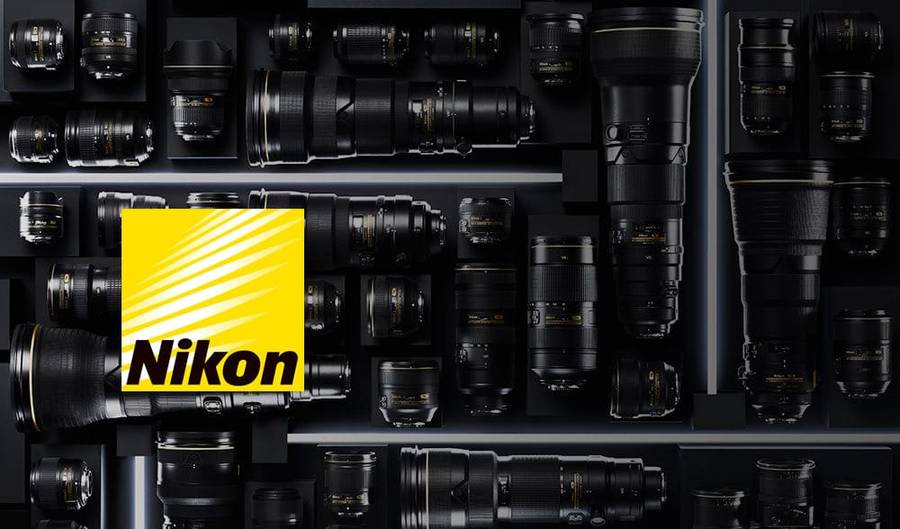Here is s list of the best Nikon lenses under $300, $500 and $1000. Looking for best lenses for your Nikon DSLR camera, check out the best options within your budget.
We’ve included a couple of third-party brand lenses and made sure they all cover different types of photography; wide angle, standard, telephoto and macro.
Lenses Under $300:
Nikon 35mm f/1.8G AF-S
Nikon 50mm f/1.8G AF-S
Nikon 55-200mm f/4-5.6G ED IF AF-S VR
Nikon 40mm f/2.8G AF-S Micro
Lenses Under $500:
Nikon 85mm f/1.8G AF-S
Nikon 18-140mm f/3.5-5.6G ED VR AF-S
Nikon 70-300mm f/4.5-5.6G ED IF AF-S VR
Tokina 11-16mm f/2.8 AT-X Pro DX II
Lenses Under $1000:
Sigma 18-35mm f/1.8 DC HSM
Nikon 18-300mm f/3.5-6.3G AF-S ED VR II
Sigma 150-600mm f/5-6.3G APO DG OS HSM
Nikon 105mm f/2.8G ED IF AF-S VR Micro
Choosing the right lens is not always an easy task. Here we list the top best Nikon lenses under $300, $500 and $1000 based on usefulness and high image quality, including leading prime and zoom options from wide-angle to telephoto.
Best Nikon Lenses Under $300
Nikon 35mm f/1.8G AF-S DX
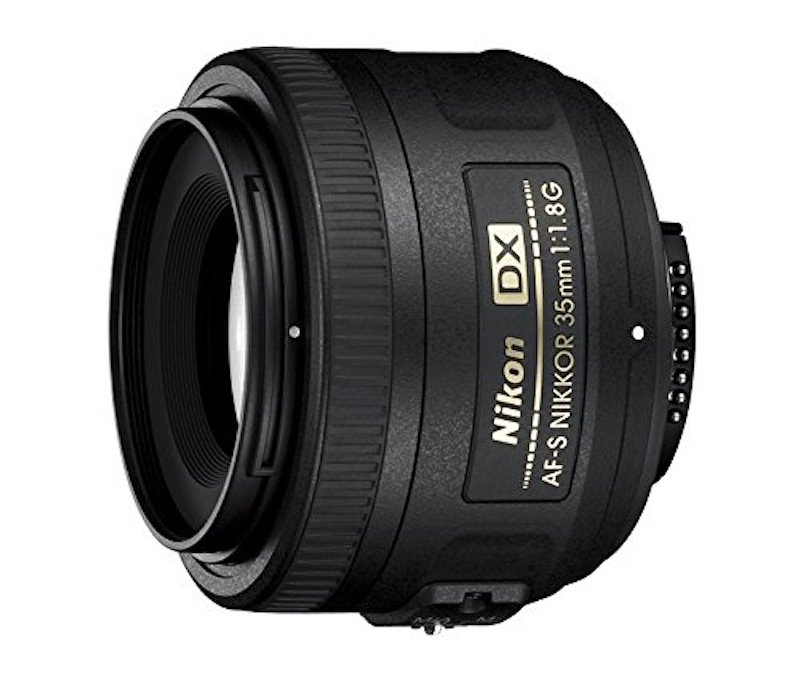
The Nikon 35mm f/1.8G AF-S DX is small, optically great and also the most affordable Nikon lens out there.
Because of its large f/1.8 aperture, the lens gathers a lot of light and is perfect for low light situations (parties, clubs, night photography etc.). This means less blurred shots and more high quality images when shooting in dark places.
Another reason why f/1.8 is so good is because it allows you to completely blur the background, making your subject stand out (called shallow depth of field). It’s the easiest and quickest way to make your shots look professional.
Who is this lens good for? Wedding, portrait, casual, low light, indoor photographers. The focal length is actually perfect for almost everything except for wildlife, and combined with the f/1.8 the quality of your shots will look absolutely stunning.
You can buy it at Amazon.
Nikon 50mm f/1.8G AF-S
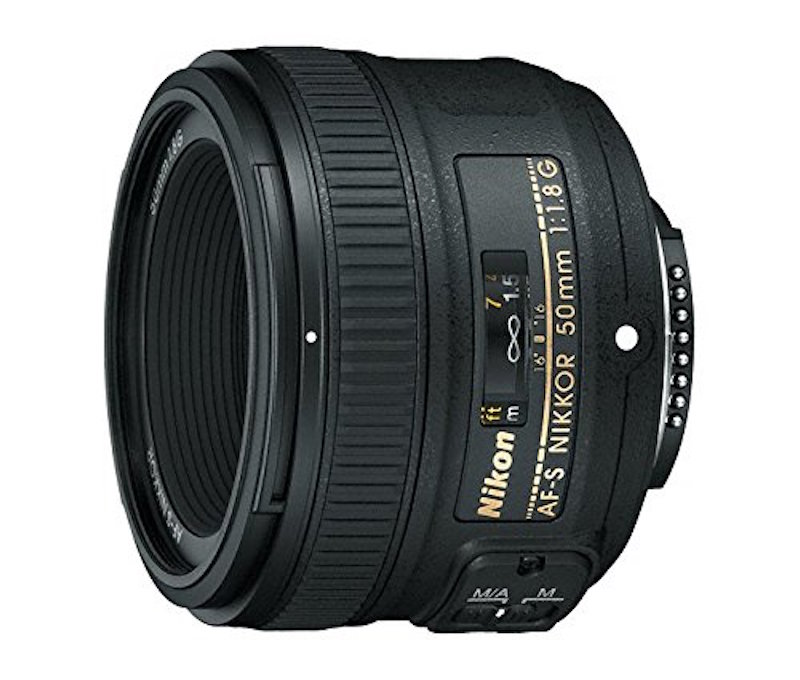
Nikon 50mm f/1.8G AF-S replaces the old, but best selling 50mm f/1.8D that couldn’t auto focus on bodies like the D3300 that have no AF motor. This new version however, works perfectly and will also auto focus on it without any issues.
Quality wise, it’s just like the 35mm above, and also features the same aperture size. Due to a slightly longer focal length, its bokeh (background blur) looks more pleasing and makes it more appropriate if you’re really into portraits or like having a shallow depth of field on your images.
It’s slightly heavier and bigger, takes 58mm filters but is still extremely compact! Perfect for those who travel and want 1, high quality prime lens.
Who is this lens good for? Everyone, from extreme low light, clubs, street photography, to portraits and weddings, sports, animals, products etc. Think of it as a slightly longer brother of the 35mm.
You can buy it at Amazon.
NIKON 55-200MM F/4-5.6G ED IF AF-S DX VR
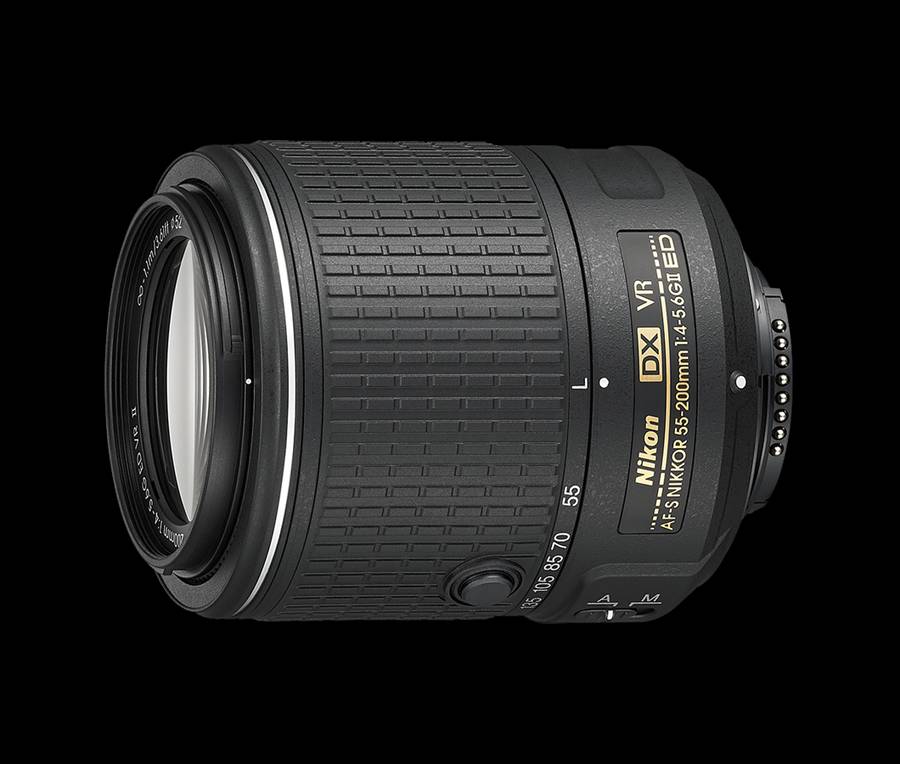
The Nikon 55-200mm f/4-5.6G ED IF AF-S is your best choice if you want to photograph animals or sports on a tight budget. Paired with the 18-55mm kit lens, you’re covered on wide, standard and telephoto ranges, so there’s almost nothing you won’t be able to capture.
It’s light and compact, has a plastic mount (like all low priced lenses) and feels solid but not like more expensive lenses. For $150 though, this is all expected and the image quality is really good, along with AF speed and overall performance.
Who is this lens for? Anyone who wants a lot more zoom than what the 18-55mm offers. Outdoor activities, sports, animals, planes, as long as you’re not indoor (where raising the ISO speed is a must).
You can buy it at Amazon.
Nikon 40mm f/2.8G AF-S DX Micro
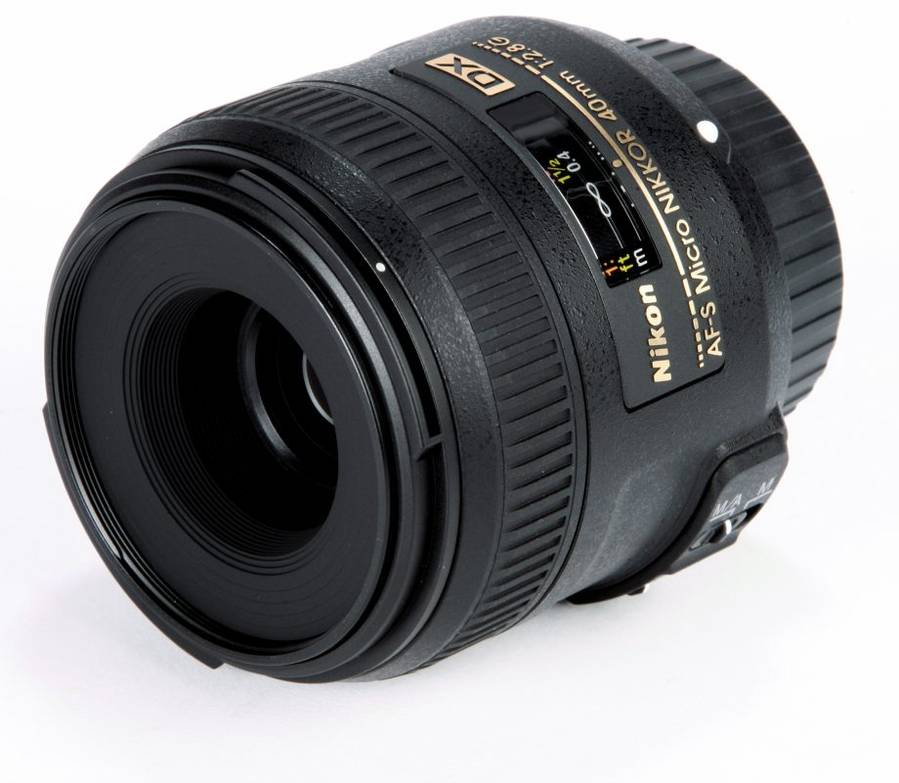
Since the introduction of Nikon 40mm f/2.8G AF-S Micro, macro photography got a lot cheaper (Nikon calls their macro lenses ‘micro’).
The 40mm focal length is great for product, bug, portrait and even casual photography. True macro lenses have a 1:1 ratio (also known as 1x magnification), meaning they don’t really zoom in your subject or any other marketing crap like that, it’s the glass elements inside them that actually make the subject appear as big as it is in real life.
It’s designed for DX cameras which the D3300 is, so AF and image quality are top notch. Focusing is quick and precise, which is a must if you’re photographing moving subjects, and the lens has a closest focusing distance of 6.4 inches.
Who is this lens for? Anyone who wants an affordable, high quality macro lens.
You can buy it at Amazon.
Best Nikon Lenses Under $500
Nikon 85mm f/1.8G AF-S
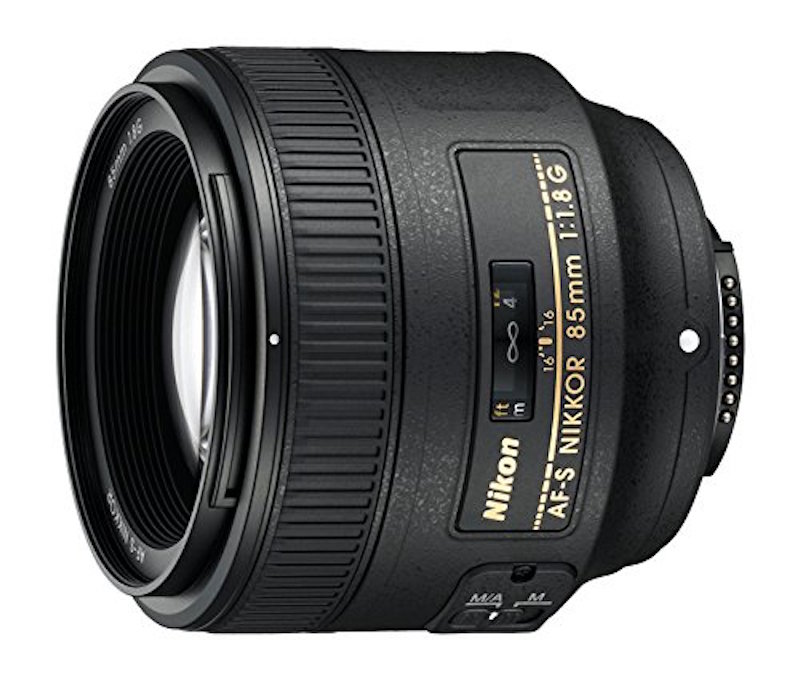
The Nikon 85mm f/1.8G AF-S is perfect for weddings, portraits, street and concert photography.
With superb image quality, beautiful colors and bokeh, this is one of the best lenses Nikon has ever made. The focal length makes it perfect for situations where you can’t or don’t want to get in front of your subject (typical for concerts and weddings). 85mm is also a great length for photographing faces as wider angles tend to distort faces, while longer lengths do work but often force you to get too far from your subject.
Like both prime lenses above, this one also features a large f/1.8 opening, so low light photography won’t be an issue at all. Combined with D500’s amazing low light performance, you can literally shoot in any condition!
Who is this lens for? Wedding, portrait, concert and street photographers. However, it can also be used for sports and many other types, don’t let the millimeters limit your creativity!
You can buy it at Amazon.
Nikon 70-300mm f/4.5-5.6G ED IF AF-S VR
If your budget is around $500 and want something better than the lens above, then get the Nikon 70-300mm f/4.5-5.6G ED IF AF-S VR, as it comes with improved image quality and much faster auto focus, especially in tougher focusing conditions (but this also depends on your camera).
Nikon has a 55-300mm lens that sort of sits between these two, but we seriously recommend you to either get the 55-200mm or the 70-300mm, as they give you the best value for the money (the 55-300mm gets quite soft after 200mm, you’d be better of cropping a bit and saving a lot of money).
Who is this lens for? If you want better quality than what the 55-200mm offers but aren’t willing to spend too much, you’ll love the 70-300mm for all outdoor activities.
You can buy it at Amazon.
Nikon 18-140mm f/3.5-5.6G ED VR AF-S
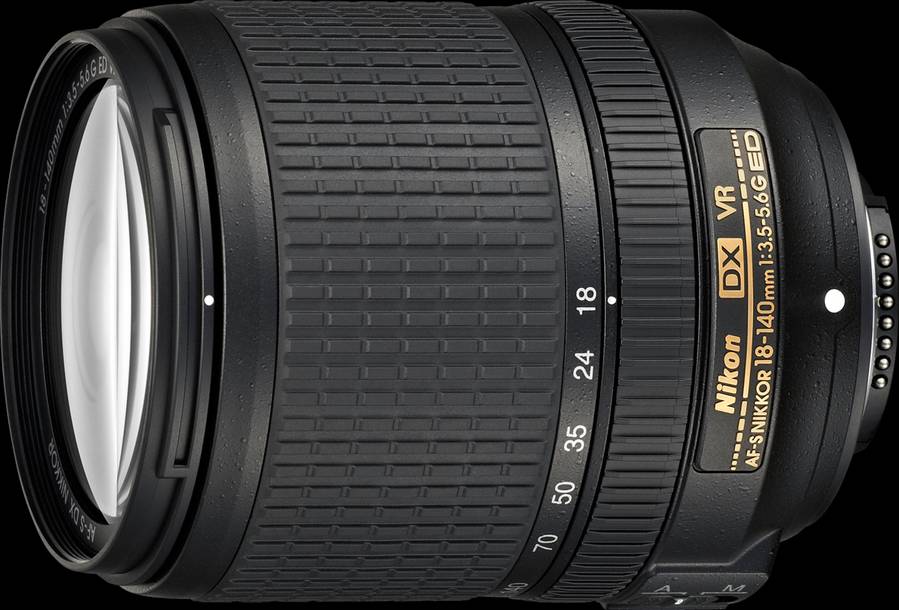
The all-around Nikon 18-140mm f/3.5-5.6G ED VR is a much more versatile and higher quality lens than the 18-55mm kit lens.
Almost 100mm more zoom means you’re not only ready for wide and standard photography, but also for telephoto, making this lens perfect for general photography and traveling as well.
Image quality, colors and contrast are all great and slightly better than the 18-300mm above, but in return you lose 160mm on the telephoto end. Both lenses are perfectly capable of delivering professional images though.
Who is this lens for? Like using one lens for everything but feel like the 18-55mm doesn’t cover enough?
You can buy it at Amazon.
Tokina 11-16mm f/2.8 AT-X Pro DX II
Tokina may not be the most famous third-party lens company, but their Tokina 11-16mm f/2.8 Pro DX II is cheaper than anything around this focal length (let alone such a big aperture) and offers same, or even better image quality than competition!
Like the rest of their lenses, this one is built like a tank and feels solid in hand. Aperture f/2.8 makes it easy to photograph in low light, clubs/indoors without raising your ISO too high.
Nikon doesn’t have a wideangle lens at this price, let alone an f/2.8 wideangle zoom. The Tokina 11-16mm also focuses and works perfectly on the Nikon D3300.
Who is this lens for? Landscape, sky/night, indoor, club photographers. Get it only if you know you need the f/2.8 aperture for low light, since you’re mostly paying for that.
You can buy it at Amazon.
Best Nikon Lenses Under $1000
Sigma 18-35mm f/1.8 DC HSM
A couple of years ago, large apertures were only possible on prime lenses, but Sigma 18-35mm f/1.8 DC HSM changed that in 2013. You’re looking at an optically superb, wide-to-standard large aperture lens that could save you a lot of money and weight (1 zoom with f/1.8 instead of 3 primes with f/1.8).
Not familiar with Sigma’s terms? The lens features HSM (Hyper Sonic Motor), which means the lens is very quick and accurate at focusing. You can also expect beautiful background blur thanks to 9 diaphragm blades, especially when wide open.
Besides amazing quality in still photography, the lens is perfect for videos as well, thanks to its smooth focus and zoom rings.
It weighs 1.79 pounds (810 grams) and is quite long, meaning your neck will get tired after a couple of hours of shooting. In a way, it’s like 3 x f/1.8 lenses in one so it’s just something you have to live with.
Who is this lens for? Anyone who shoots around the 18-35mm range but wants to stick with 1, high quality lens that offers f/1.8. That includes street, night, sky, club and indoor photography, but it’s just as good for traveling if you’re okay with carrying it for such long periods.
You can buy it at Amazon.
Nikon 18-300mm f/3.5-6.3G AF-S ED VR II
The Nikon 18-300mm f/3.5-6.3G AF-S ED VR II is for those who want to travel and photograph everything with a single lens. Usually when lenses have a lot of zoom, there’s a noticeable loss in image quality and contrast, but the 18-300mm is really good when it comes to optical performance, hence why it’s a bit more expensive than other all-around zooms.
It’s designed for DX cameras, where the field of view is equivalent to a 27-450mm lens. While its mostly aimed at outdoor photography, its aperture is still quite acceptable for indoor shooting with relatively low ISO speeds.
Who is this lens for? If you don’t want to spend too much on different lenses and want one that does it all, get the 18-300mm.
You can buy it at Amazon.
Sigma 150-600mm f/5.6-6.3G APO DG OS HSM
The Sigma 150-600mm f/5-6.3 DG OS HSM is truly a wildlife photographer’s dream come true.
It comes with Optical Stabilization (like Canon’s IS) which is a must because after carrying the lens for hours, you won’t be able to be super steady, especially at 600mm. The further you zoom, the more your movement can be seen. Sigma’s OS helps you up to 4 stops, which at 600mm makes a huge difference.
For fast and accurate focusing you got the Hyper Sonic Motor. It’s a must for birds and any fast moving subject, and combined with the Nikon’s advanced DSLRs (better AF systems) you’re ready to get some amazing wildlife shots.
Again, telephoto zoom lenses are heavy, the 150-600mm weighs 68.1oz (1930g) but is still the lightest lens that can reach 600mm.
Who is this lens for? Wildlife, bird, moon, outdoor sports photographers. Don’t expect to use it indoors without significantly raising your ISO speed. For $1,000 the image quality and zoom are simply perfect.
You can buy it at Amazon or read more reviews here.
Nikon 105mm f/2.8G ED IF AF-S VR Micro
For macro photography, the Nikon 105mm f/2.8G ED IF AF-S VR is your best option if you’re looking for a optically superb, long focal length lens.
At around $900, it features Vibration Reduction, making it much easier to get crisp sharp shots without using a tripod, especially in low light conditions. Quality wise, it’s got ED elements and nano-crystal coating for reduced flare and ghosting. However, macro lenses are notorious for being razor sharp, so you don’t have to worry about this here.
The 105mm length is more appropriate for shooting moving subjects (bugs etc.) and portraits, because you don’t have to get as close as with a 40/60mm micro lens. If you want a macro lens for studio/product photography, then the shorter versions are probably a better choice for you.
Who is this lens for? Serious macro photographers who want Vibration Reduction and high image quality.
You can buy it at Amazon.
